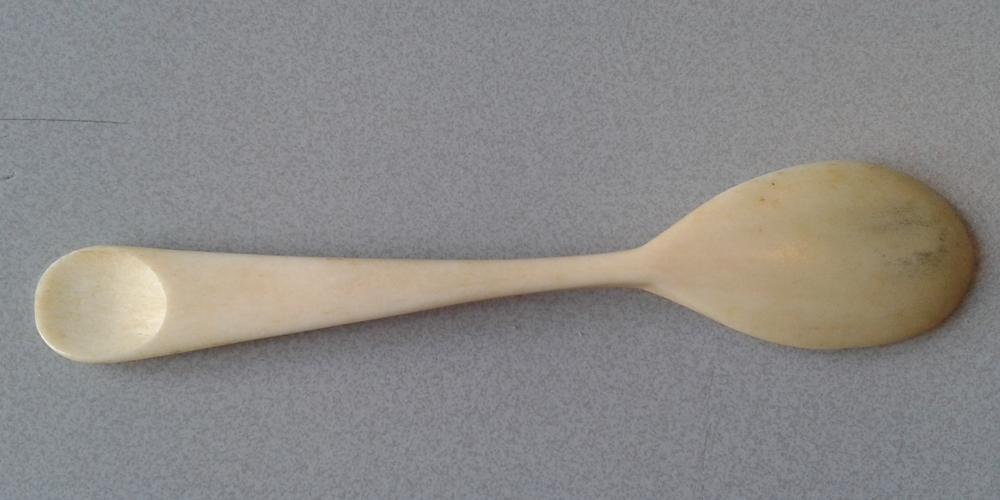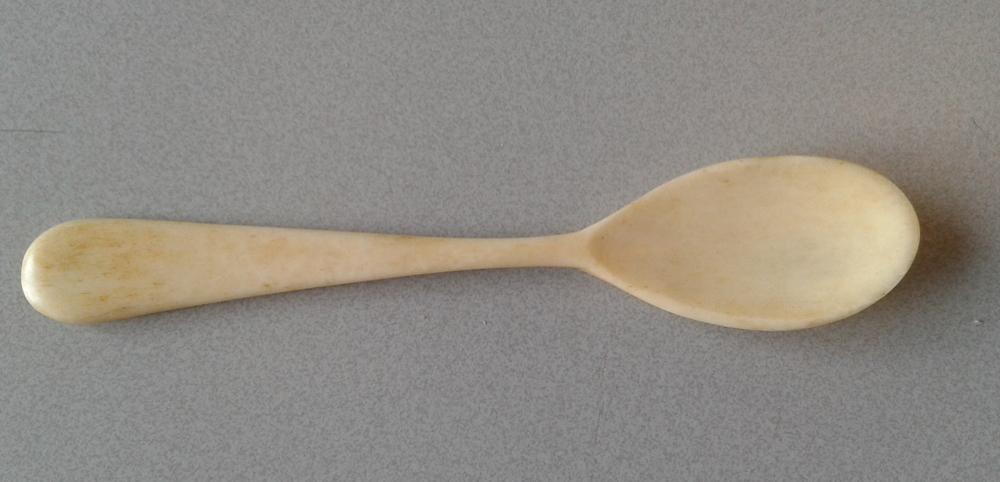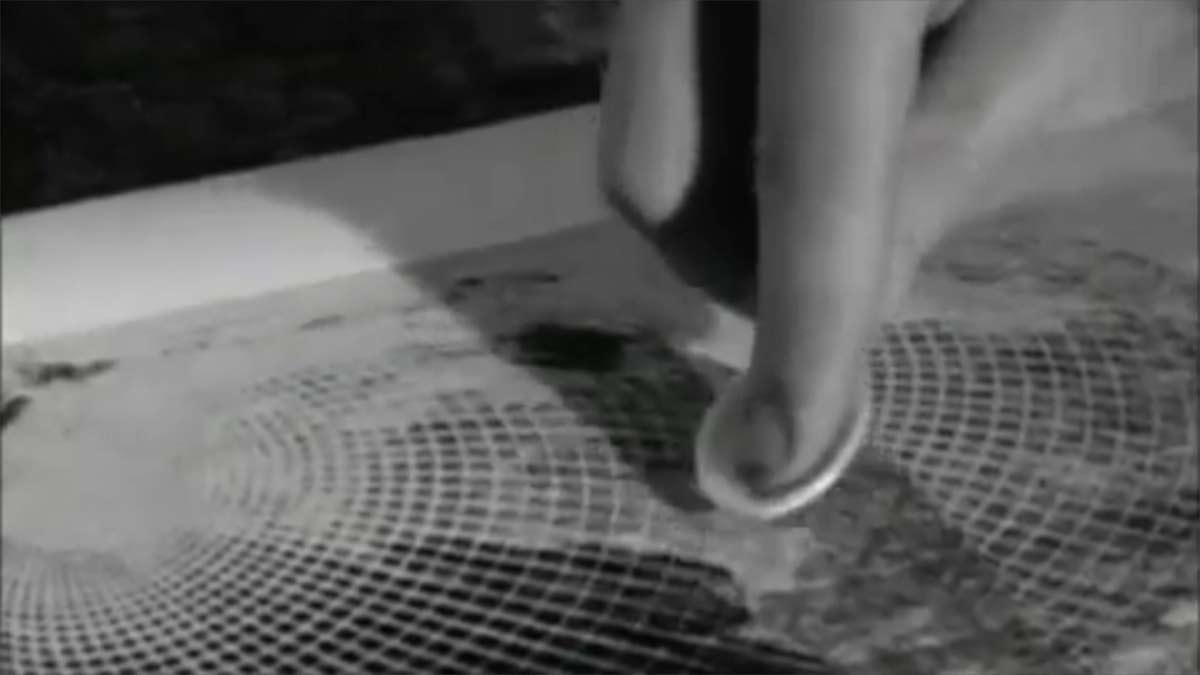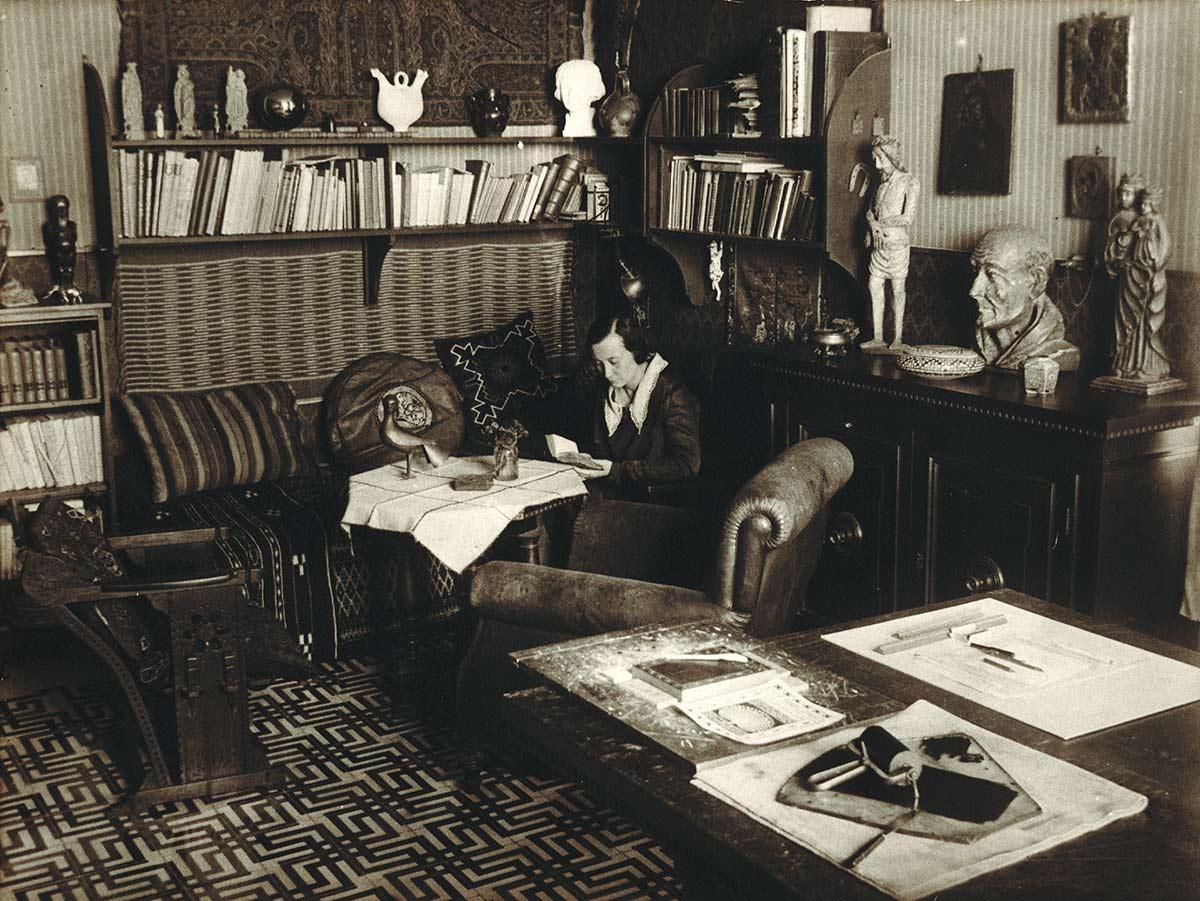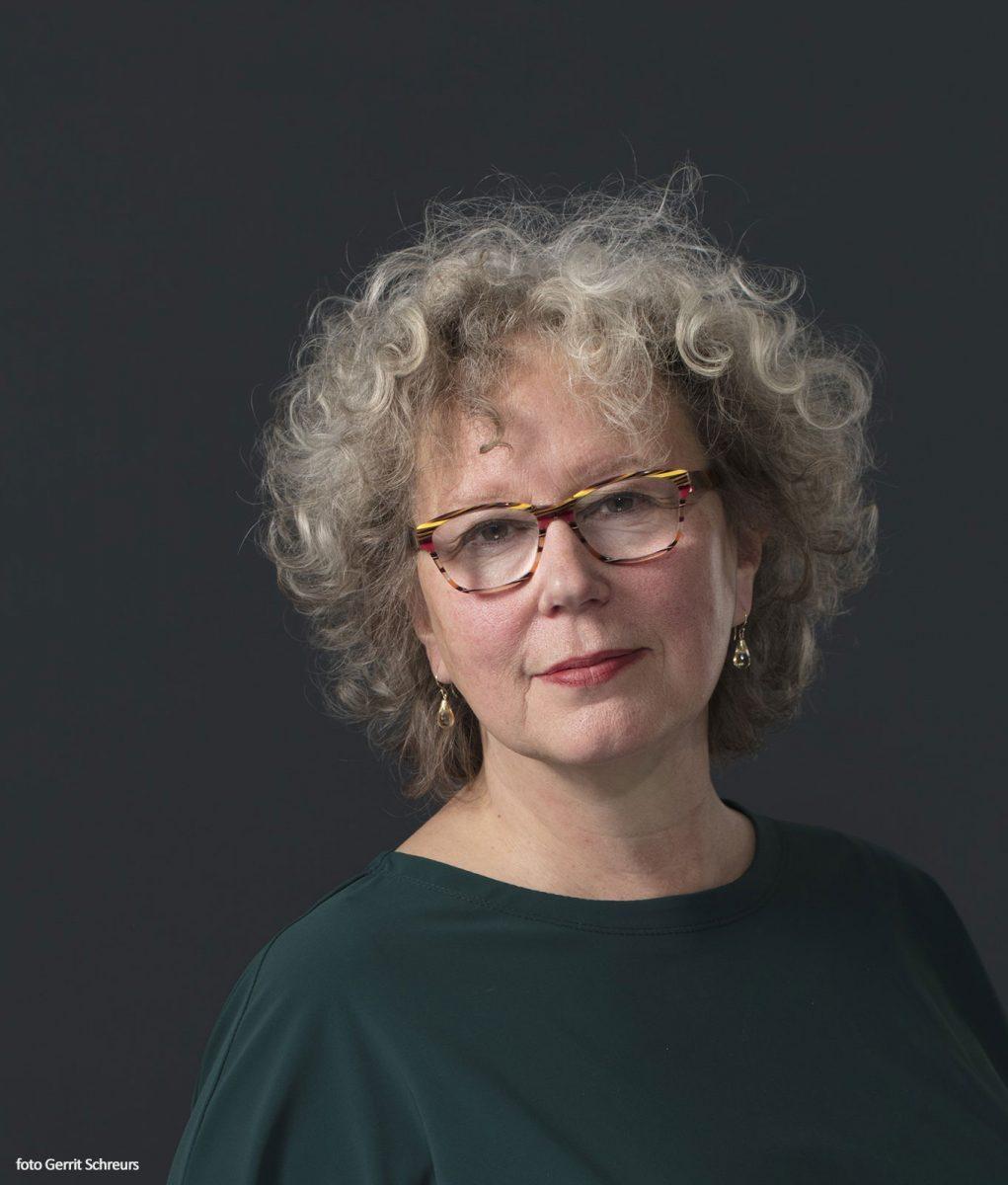
Dreaming of Belvedere
Have you ever found yourself trapped inside a dream, wandering aimlessly around a staircase, or unable to find your way out of a building? Followers of Freud and other experts in the human psyche might well be able to shed light on those dreams for you. But there is only one person who can actually show you what such a dream feels like: that one person is Maurits Cornelis Escher.

